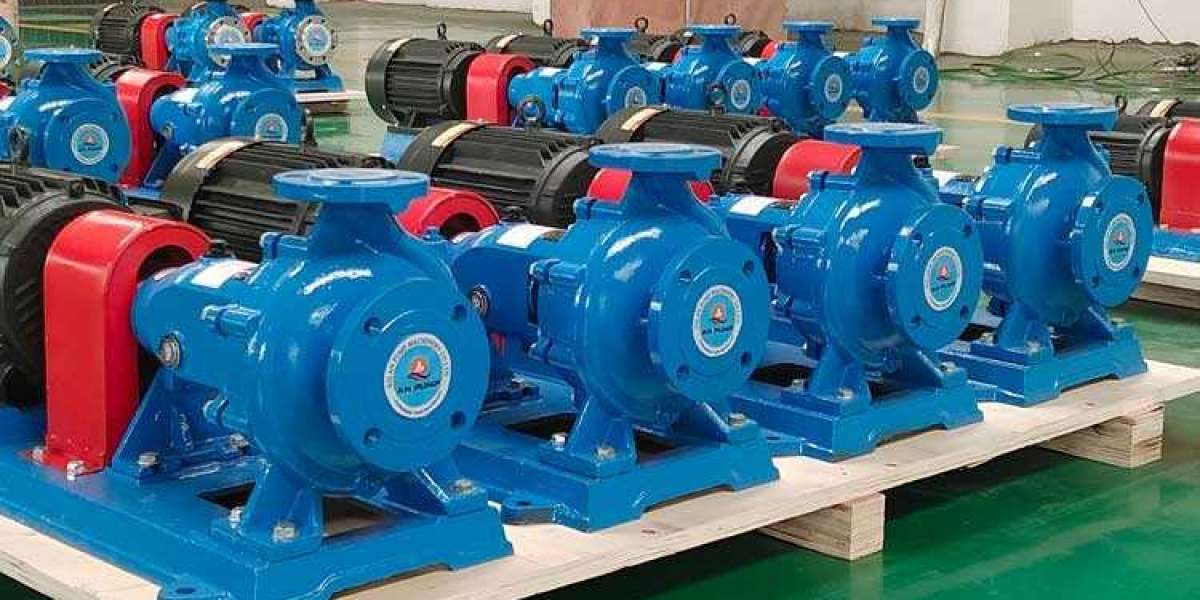Horizontal multistage centrifugal pumps are critical in applications requiring high pressure and consistent flow rates. Choosing the right pump involves several considerations to ensure optimal performance and longevity. Here’s a comprehensive guide to selecting the appropriate horizontal multistage centrifugal pump for your needs.
1. Determine the Required Flow Rate
The first step in selecting a multistage centrifugal pump is to define the required flow rate for your application. Flow rate, measured in gallons per minute (GPM) or liters per second (L/s), is crucial in determining the pump’s capacity. Ensure the selected pump can handle the flow requirements of your system.
2. Assess the Required Discharge Pressure
Horizontal multistage pumps are designed to handle high-pressure applications by using multiple impellers or stages. Identify the maximum discharge pressure needed for your system, considering factors such as elevation changes and system resistance. Choose a pump that can generate the necessary pressure to overcome these conditions.
3. Consider the Fluid Properties
The characteristics of the fluid being pumped—such as viscosity, temperature, and corrosiveness—play a significant role in pump selection. Ensure the pump material and design are compatible with the fluid to prevent issues like corrosion or cavitation. For abrasive fluids, opt for pumps with wear-resistant materials.
4. Evaluate Pump Efficiency
Pump efficiency impacts operational costs and system performance. Look for pumps with high efficiency ratings to reduce energy consumption and operating expenses. Modern multistage pumps often feature advanced designs that improve efficiency and reduce energy losses.
5. Check for Maintenance and Accessibility
Ease of maintenance is an important factor for long-term reliability. Choose pumps with accessible components for routine maintenance and repair. Features such as a modular design and easy access to impellers can simplify upkeep and reduce downtime.
6. Review Manufacturer Reputation and Support
Select pumps from reputable manufacturers known for their quality and customer support. A reliable manufacturer will provide comprehensive support, including technical assistance, spare parts availability, and warranty coverage.
7. Ensure Compliance with Standards
Verify that the pump complies with industry standards and regulations. Compliance ensures the pump meets safety, performance, and quality benchmarks, which can be crucial for regulatory and operational reasons.
8. Budget Considerations
While it’s important to balance cost with quality, opting for the cheapest option may not always be the best choice. Evaluate the total cost of ownership, including initial purchase price, energy consumption, and maintenance costs, to ensure you get the best value for your investment.
In summary, selecting the right horizontal multistage centrifugal pump involves understanding your application’s requirements, evaluating pump performance and efficiency, and choosing a reputable manufacturer. By considering these factors, you can ensure reliable operation and optimal performance in your fluid handling system.




